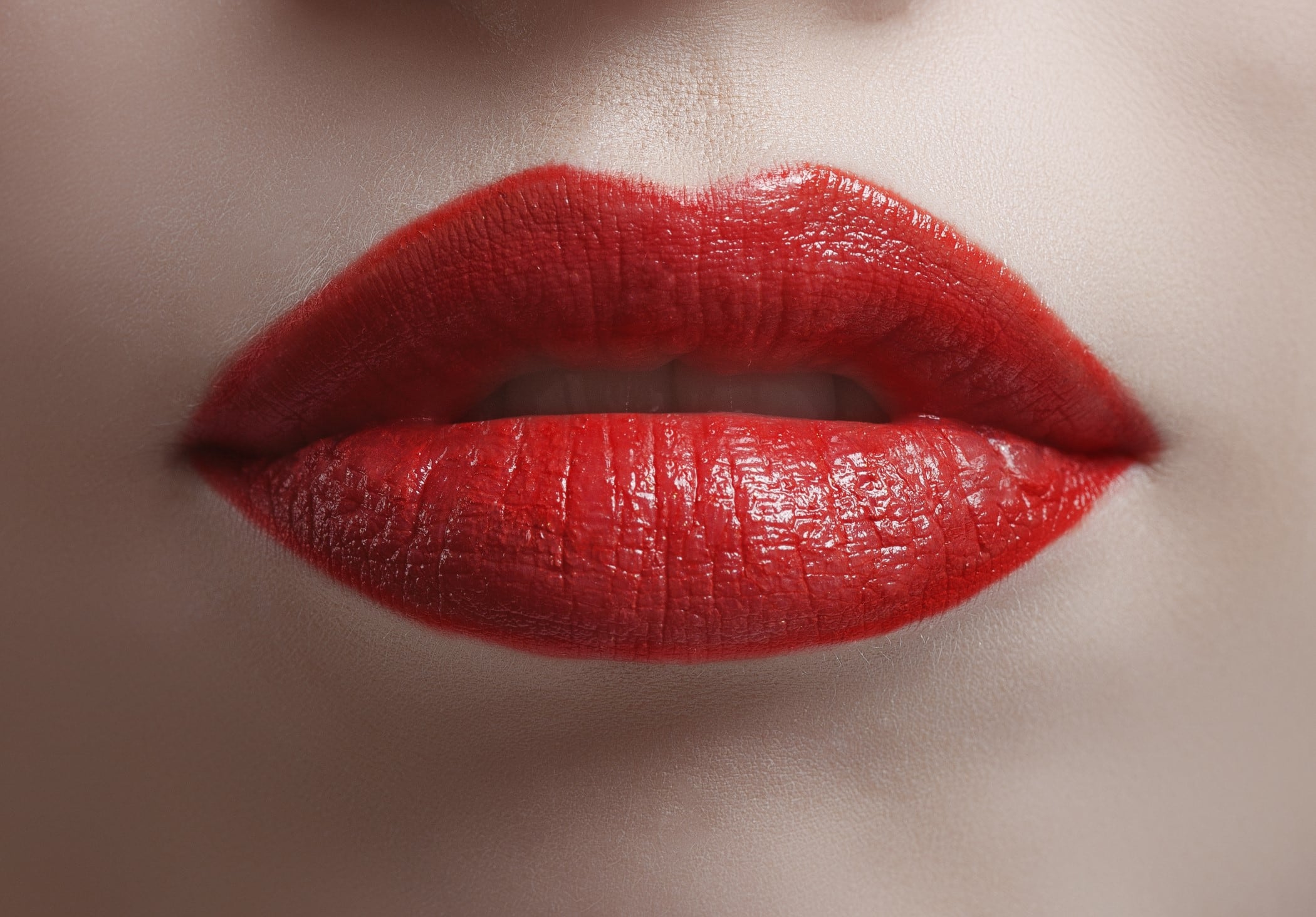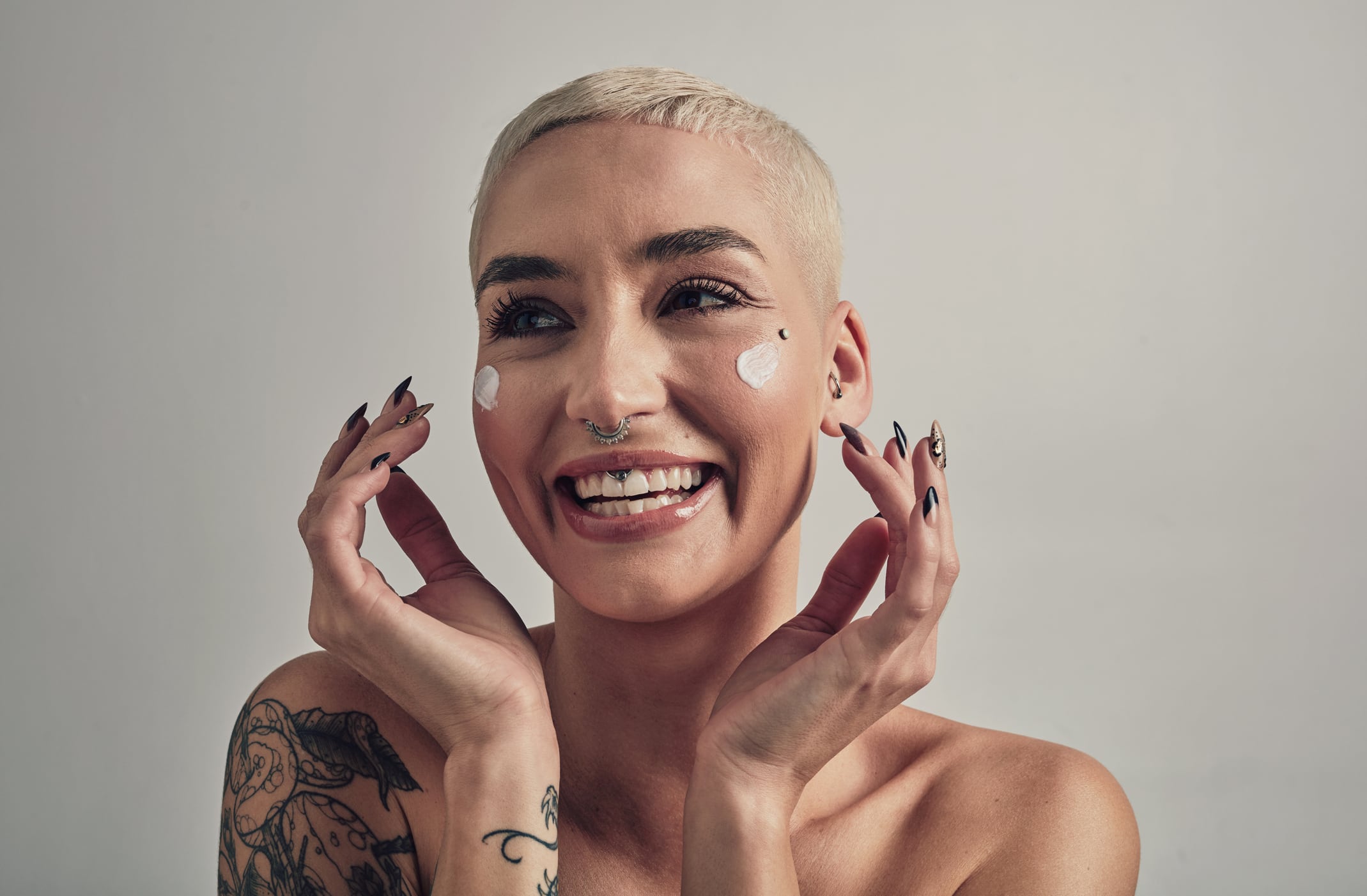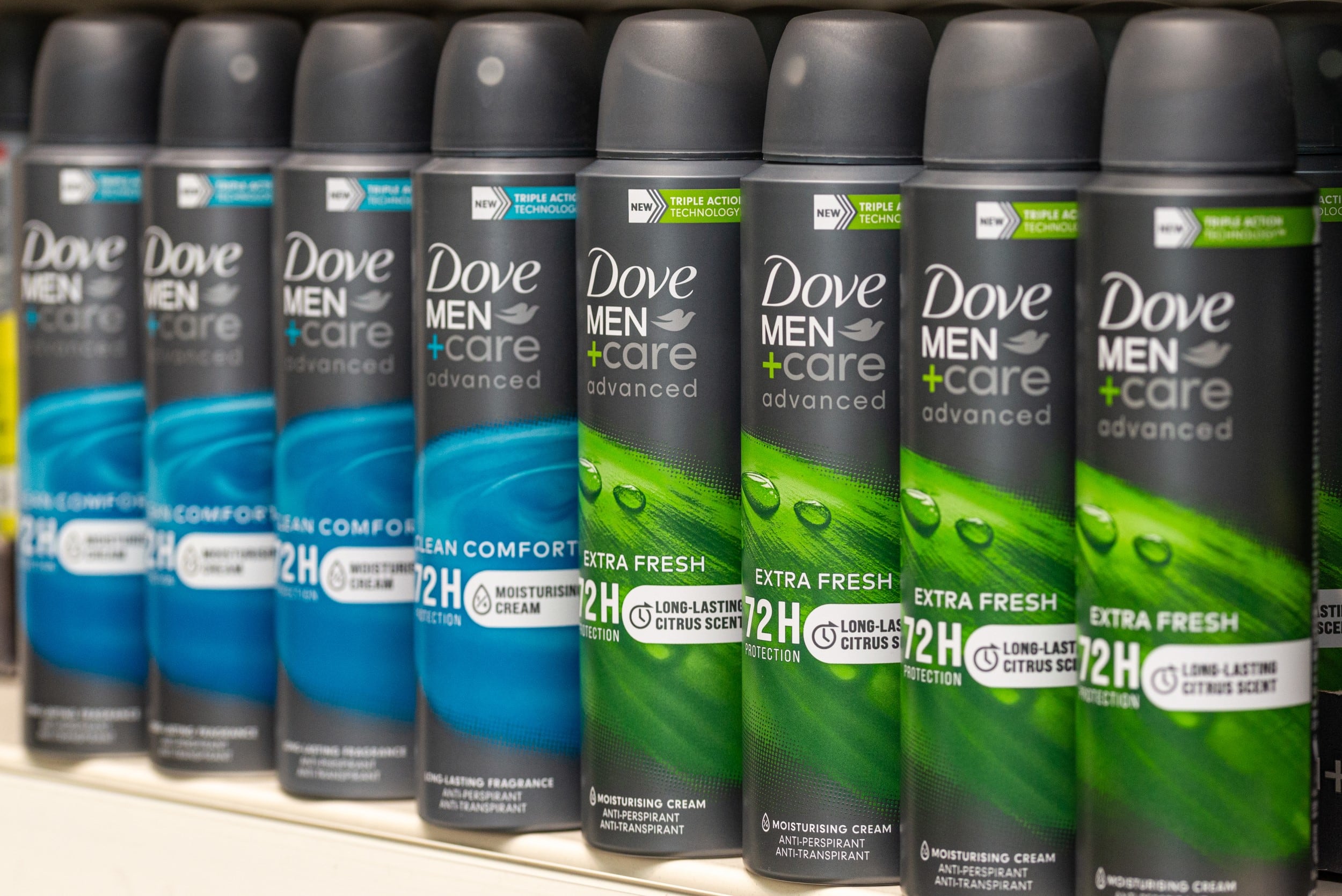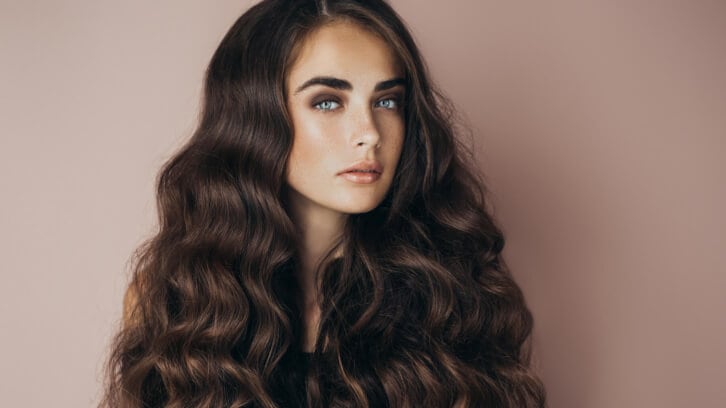Once the must-have brand of makeup artists and influencers across the globe, MAC Cosmetics continues to see sales drop.
In fact, it’s not just MAC that is experiencing this. Estée Lauder Companies (ELC) as an entity is consistently seeing declining sales in pretty much every category and seems to be losing footing compared to peers, such as L’Oreal, Coty, and LVMH. As a result, the company is now laying off staff and restructuring the business.
ELC’s heritage Estée Lauder brand seems to be suffering the same fate as MAC, along with Smashbox – which has just hired Pamela Anderson as an ambassador in a final attempt to claw back some relevancy – and various other once-popular brands.
However, some of its brands, such as Jo Malone and La Labo, continue to stay popular with consumers. So what's happening here?
We spoke to industry analysts and creative experts to understand what makes a once-popular brand like MAC or Estée Lauder rapidly fall so out of touch.
“The sales of any brand are dictated by consumer preference rather than the parent company, but we have seen consumers become more critical in lockdown as they gain more understanding on industry practice and what goes into pricing,” shared senior research analyst for beauty at Euromonitor International, Emilie Hood.
Hood pointed out that “Consumers are choosing brands who prioritise ingredients over packaging design leading to an increased interest in minimalist/unisex brand, particularly in the fragrance space.”
She also noted that there has been a shift in style preference when it comes to make up looks, which was triggered by the skin care boom,
“Consumers have been preferring clean, no makeup looks compared to the heavy looks seen in the peak colour cosmetics years of 2018-19,” she said.
“This has meant that brands focusing on natural beauty as opposed to bold, artistic looks have performed better with the masses.”
TikTok still fuelling flash trends
For associate analyst for beauty at Global Data, Sophie Mitchell, when it comes to the ELC brands in particular, she believed it was related to how much airtime different products got on social media.
“For instance, in the case of MAC Cosmetics, it’s not that the products are bad in any way and they still innovate/follow trends, but the brand is just not in the ‘hot seat’ like it was back in the 2010's when every beauty YouTuber was doing MAC lipstick collection videos,” she said.
“They do not get anything like this kind of airtime on TikTok/Instagram.”
Hood added that consumers are becoming even more fickle and are “buying into trends where the price allows – with TikTok becoming a leading influence on flash trends and cult products.”
She also pointed out that beauty consumers are generally buying fewer products on average per year (both in skin care and colour cosmetics) than they were before lockdown, and “maintain their preference for ease and simplicity.”
While Mitchell highlighted that MAC was once the makeup artist brand with the biggest variety of shades for everything from eyeshadow to foundation, however now “other brands are both more inclusive shade-wise and there are so many more artist-focused brands like Pat McGrath, Makeup by Mario that do the vast arrays of eyeshadows and more.”
Another notable change in the landscape has been the raft of 'more credible' celebrity beauty brands like Fenty, Rare Beauty and Rhode that have disrupted the market over the past few years, too.
“Their popularity has been driven by a few factors; the main being the established connection consumers have to the founders through social media, meaning the consumer has a pre-build assumption that the brand represents the same values as the celebrity, and they are then investing in that,” said Hood.
More science-focused branding
In terms of the waning popularity of heritage brand Estée Lauder, Mitchell believed this was because it didn’t keep up with the times. Although price point and marketing tactics also play their part.
“I think for instance, although Estée Lauder Advanced Night Repair is a cult product and still is a very high spec formulation, the serum market for instance is just so much more advanced than it was and Advanced Night Repair is very pricey when you have competitors such as Beauty Pie and The Ordinary, which are more science-focused and on the lower end of the price spectrum,” she said.
She also pointed out that high-end skin care brands like Medik8 and SkinCeuticals, are just more popular right now due to “the increased awareness of ingredients such as retinol” and these brands are a more similar price point but “just appear to be more science-based than ELC because of their branding.”
Burgeoning bubble to burst
Co-founder and managing partner at brand elevation agency Free The Birds, Nick Vaus, pointed out that the beauty industry seems to be on an ever-growing trajectory and that what goes up must eventually come down.
“For me, it was inevitable that this growth would lead the burgeoning bubble to burst,” he said. “Growth in prestige beauty overall may continue, but there will be casualties where brands cannot adapt to a shifting landscape and create a real point of differentiation for themselves.”
Vaus also acknowledges a large elephant in the room: the inflationary economy. “2024 is also predicted to be the year in which we’ll see beauty at each end of the pricing spectrum take off. You’re either speaking to those whose daily spending has taken a hit and they’re leaning into masstige, or the ultra-luxe in which enthusiasts with a higher disposable income are seeking opulence,” he said.
For Mitchell, product cost and the dupes trend definitely come into the equation. She raised the fact that the cost of a MAC lipstick has risen dramatically and that while there are many more expensive lipsticks on the market, consumers are now more inclined “to try what everyone is raving about on TikTok, rather than going back to the same MAC lipstick that now feels really expensive compared with what it was.”
Too much focus on the Gen Z beauty consumer
Vaus believed that too many heritage beauty brands are rushing to please the gen Z market when in fact they would be better off maintaining the connection with the people who brought it success.
“Too many brands today are too quick to rush change that is aimed at appealing to a younger audience, but the Gen Z effect can be a dangerous one,” he said.
“Prestige brands such as these should perhaps then lean into the growing spending power of Gen Xers, whose disposable income is higher than their younger counterparts,” he continued. “Household names such as Estée Lauder and MAC will speak to the Gen X consumer, who are facing significant changes in their lives and therefore seek reliability in their products.”
He also pointed out that from a creative point of view: “a brand which is incapable of defining itself will see sales decline,” and that “a clear brand identity is vital.”
For brands that are in a similar position to Estée Lauder, Vaus advised that they start by examining brand loyalists and understanding what resonates with them and what keeps them returning.
“Brands must ensure that they continue to champion their heritage that built them into a household name,” he advised. “Often this heritage is the key to communicating the core values and benefits that first put them on the map. This should not be abandoned.”
However, he also acknowledges that from a creative point of view, “a refresh is possible and should be considered, in order to stop a brand from feeling apologetic in its approach.”
Vaus also raised the point that “masstige brands are doing an excellent job of levelling up their visual branding game.” He said that their “clean but chic packaging combined with a clear communication of efficacy mean that products which we may once have bought in secret and stashed out of sight, are today achieving social media-worthy status.”
Finally, it’s also worth noting that some of ELC’s brands like fragrance brands Jo Malone and Le Labo do continue to do well. This could be attributed to the fact that the fragrance market has been a focus for younger generations over the last year. Or as Mitchell put it, because: “they are more experiential brands that seem deserving of the price tag and are viewed as aspirational/asked for as gifts.”





